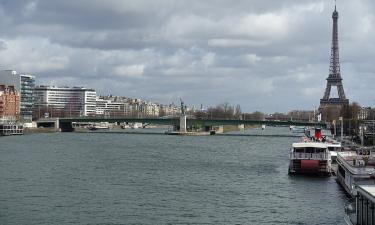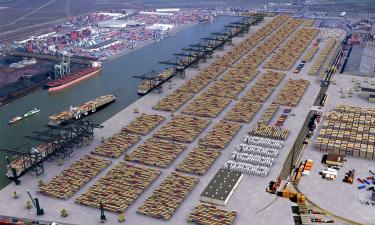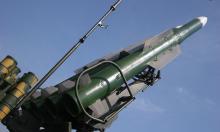Manege, the symbol of Moscow's historical centre, marks 185th anniversary
On November 12th, 1817, exactly 185 years ago, the building of the Manege was inaugurated in Moscow. As the years went by, it became the symbol of the city's historical centre. The Manege was built in honour of the 5th anniversary of the victory of the Russian troops over Napoleon to a design by engineer Augustin Betancourt who used a method, unique for that time - without a single supporting column. The facade and interior decoration of the building were designed by outstanding architect Ossip Bovet.
The Manege was built within a maximum short time even according to present-day standards - it took only six months to build it and it was completed by the time the parade was to be held in November 1817 in the presence of Emperor Alexander I.
Originally, the building was meant for holding military reviews, parades and exercises. That is why it is so spacious, big enough to hold a whole infantry regiment (more than 2,000 soldiers), as well as viewers and guests. However, with time the Manege began to be used also for "peaceful" purposes. Beginning with 1831 exhibitions were held there, with the best known among them the Polytechnical exhibition of 1872. The Manege was also used as a concert hall. In 1867 a gala concert was given in the Manege, which was attended by 12,000 people. The orchestra and the chorus were conducted by French composer Hector Berlioz and Russian composer Nikolai Rubinstein.
The 20th century brought changes to the Manege. After the October 1917 revolution, the building was used as a government garage. In the 1930s the space in front of the building began to be called Manege Square. In 1957 the Manege was re-constructed into the Central Exhibition Hall. In 1967 the square in front of the building was named after the 50th anniversary of the October Revolution.
In the beginning of the 1990s the square got its former historical name and underwent an extensive reconstruction. On the square in front of the building or, to be more precise, under it, was built a large Mall which the Muscovites and their guests still call the Manege. The Manege building itself is still used for holding various art, industrial, tourist, handicrafts and many other exhibition.
Subscribe to Pravda.Ru Telegram channel, Facebook, RSS!





